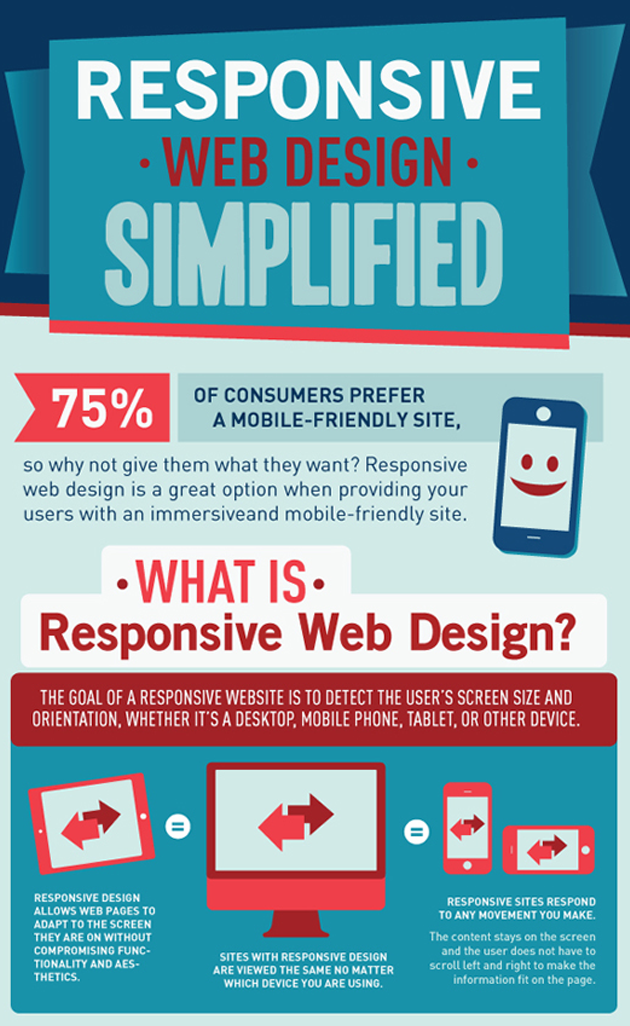Join Us As We Embark On A Journey Through Time, Discovering The Development Of Website Design And How It Has Actually Impacted The Electronic Landscape
Join Us As We Embark On A Journey Through Time, Discovering The Development Of Website Design And How It Has Actually Impacted The Electronic Landscape
Blog Article
Post Written By-Johansen Gibbons
In the past, websites were basic and focused on information. Navigation was straight, and design was for desktops. Currently, user experience is vital. Data guides designs for simple navigating. Responsive formats fit different devices. Today, dark mode decreases pressure, and minimalist menus enhance navigating. Interactive features involve customers, and strong visuals stick out. AI assimilation boosts involvement. See exactly how layout has actually evolved to improve your on-line journey.
Very Early Days of Website Design
In the very early days of website design, simplicity preponderated. Websites were basic, with minimal colors, typefaces, and formats. The emphasis got on offering info instead of fancy visuals. Users accessed the internet through slow-moving dial-up connections, so rate and performance were key.
Navigating business website design were straightforward, usually located at the top or side of the web page. Internet sites were designed for home computer, as mobile surfing wasn't yet prevalent. Web content was king, and developers prioritized simple readability over complicated layout elements.
HTML was the main coding language made use of, and developers had to work within its restraints. Animations and interactive attributes were minimal compared to today's requirements. Internet sites were fixed, with little dynamic material or personalized customer experiences.
Increase of User-Focused Layout
With the development of internet site layout, a shift in the direction of user-focused layout concepts has actually become progressively prominent. Today, producing internet sites that focus on user experience is crucial for engaging site visitors and achieving company goals. User-focused layout entails understanding the demands, preferences, and behaviors of your target audience to customize the website's design, material, and features as necessary.
https://jasperokeyt.blogoxo.com/29997071/elevate-your-online-presence-with-professional-website-design-methods perform extensive study, such as individual studies and usability screening, to collect insights and comments directly from customers. This data-driven technique assists in creating instinctive navigating, clear calls-to-action, and visually appealing user interfaces that resonate with site visitors. By placing the individual at the facility of the design procedure, internet sites can supply a more individualized and delightful experience.
Receptive layout has additionally emerged as a crucial aspect of user-focused style, making sure that internet sites are enhanced for various gadgets and display sizes. This versatility improves ease of access and use, accommodating the diverse ways individuals engage with sites today. In essence, the surge of user-focused layout indicates a shift towards producing digital experiences that focus on the requirements and expectations of the end user.
Modern Trends in Website Design
Discover the current patterns shaping web design today. One noticeable pattern is dark mode layout, providing a sleek and modern appearance while minimizing eye pressure in low-light settings. An additional key fad is minimalist navigation, simplifying menus and boosting user experience by concentrating on essential elements. Including micro-interactions, such as animated switches or scrolling impacts, can create a much more engaging and interactive website. Responsive layout remains essential, ensuring seamless user experiences across different gadgets. Additionally, making use of vibrant typography and unbalanced formats can include aesthetic passion and draw attention to details material.
Incorporating AI innovation, like chatbots for customer assistance or individualized recommendations, enhances customer interaction and simplifies procedures. Access has likewise come to be a considerable fad, with developers prioritizing comprehensive style techniques to deal with diverse user needs. Welcoming sustainability by maximizing internet site efficiency for rate and effectiveness is another arising pattern in web design. Collaborating with user responses and information analytics to iterate and improve layout constantly is important for staying pertinent in the ever-evolving digital landscape. By accepting these modern trends, you can develop an aesthetically enticing, user-friendly website that resonates with your target market.
Conclusion
As you reflect on the evolution of internet site style from the very early days to now, you can see just how user-focused style has actually come to be the driving force behind modern-day trends.
Embrace seo for small companies of modification and adjustment in web design, constantly maintaining the customer experience at the forefront.
Keep existing with the most up to date fads and modern technologies, and never ever stop advancing your approach to produce visually stunning and straightforward sites.
Evolve, adapt, and create - the future of website design is in your hands.
